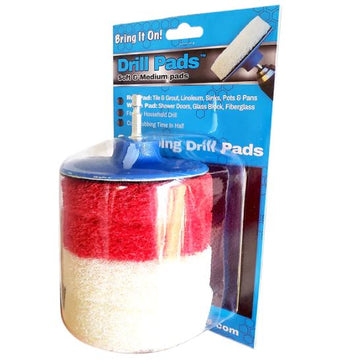Many of us rely on the dry cleaning industry to keep our cherished garments in top condition. But how does dry cleaning work? Let's dive deep into the cleaning magic that seems to defy the traditional washing machine and water method.
The Historical Background
Thomas Jennings, credited with the first dry cleaning patent, revolutionized the cleaning service industry. Dry cleaning's roots trace back to times when water could damage certain fabrics, prompting the search for an alternative.
Learn more about How to Clean Shower Doors Effectively.
Understanding the "Dry" in Dry Cleaning
Contrary to the name, dry cleaning isn't entirely dry. Instead of water, solvents are used, typically perchloroethylene (perc), which efficiently removes dirt, soil, oil, and grease.
Why Not Just Use Water and Detergent?
Water can distort and shrink fabrics like wool and silk. Moreover, certain stains, particularly grease and oil, aren't effectively tackled by ordinary detergent.

The Step-by-Step Dry Cleaning Process
From dropping your garment off at the cleaners to getting it back as good as new, several steps ensure precision cleaning. The dry cleaning process is intricate, safeguarding fabrics and ensuring thorough dirt removal.
Pre-Treatment & Spotting
Before the machine cycle, cleaners examine garments for stains. Spots receive special attention, treated with chemicals to break down tough stains without damaging fabric.
The Machine Cycle
Garments are placed in a dry cleaning machine, resembling a large washing machine. The machine fills with solvent, gently agitating clothes loosening dirt and soil.
Post-Cleaning and Drying
Post-cleaning, solvents are extracted, and clothes undergo a drying cycle. This step ensures no solvent remains and garments regain freshness.
Finishing Touches
Once cleaned, garments are pressed, ensuring they're wrinkle-free. Buttons, sequins, or other embellishments are checked and repaired if necessary.

Environmental Considerations in Dry Cleaning
With rising concerns about the earth's well-being, how is the dry cleaning business adapting? The environmental impact of solvents and the industry's shift toward sustainable methods deserve attention.
The Controversy Surrounding Perc
The EPA has raised concerns about perchloroethylene, a popular dry cleaning solvent, due to its potential environmental and health hazards. This has propelled the industry towards finding eco-friendlier alternatives.
Introduction of Wet Cleaning & Carbon Dioxide Cleaning
Wet cleaning uses water and specialized detergents, suitable for "dry clean only" garments. Similarly, carbon dioxide cleaning uses liquid CO2 as a solvent, proving less harmful to the environment.
The Effort Towards Sustainable Practices
Many dry cleaners now actively promote greener methods, aiming to reduce the industry's carbon footprint while still delivering quality service to customers.
Taking Care of Your Clothes Post-Dry Cleaning
Once your clothes are freshly cleaned, ensuring they stay pristine requires some effort. Proper care can prolong the lifespan of your items, keeping them looking new for longer.
Storage Advice
Keep dry-cleaned items in a cool, dry place. Remove plastic coverings to let the fabric breathe and avoid trapping any residual solvent smell.
When to Re-Clean
It's advisable not to over-clean garments. Clean items when visibly dirty or after a few wears, ensuring fabric protection and longevity.
Understanding Fabric Care Labels
Always check care labels. These provide valuable information on material types and cleaning methods best suited for the item.
Dry cleaning remains a crucial service for many, offering a way to keep clothes in mint condition. By understanding its history, process, and the efforts towards sustainability, we can make informed decisions, ensuring our clothes get the best care and we contribute positively to the environment.
Frequently Asked Questions
Why are plastic covers provided with dry-cleaned clothes?
To protect against dirt and moisture during transport. However, they should be removed for storage.
Can you dry clean bed linens and curtains?
Yes, especially if they're made of delicate fabrics or have embellishments.
What's the alternative to perc in green dry cleaning?
Besides wet cleaning, liquid carbon dioxide, and hydrocarbon solvents are eco-friendly alternatives.





